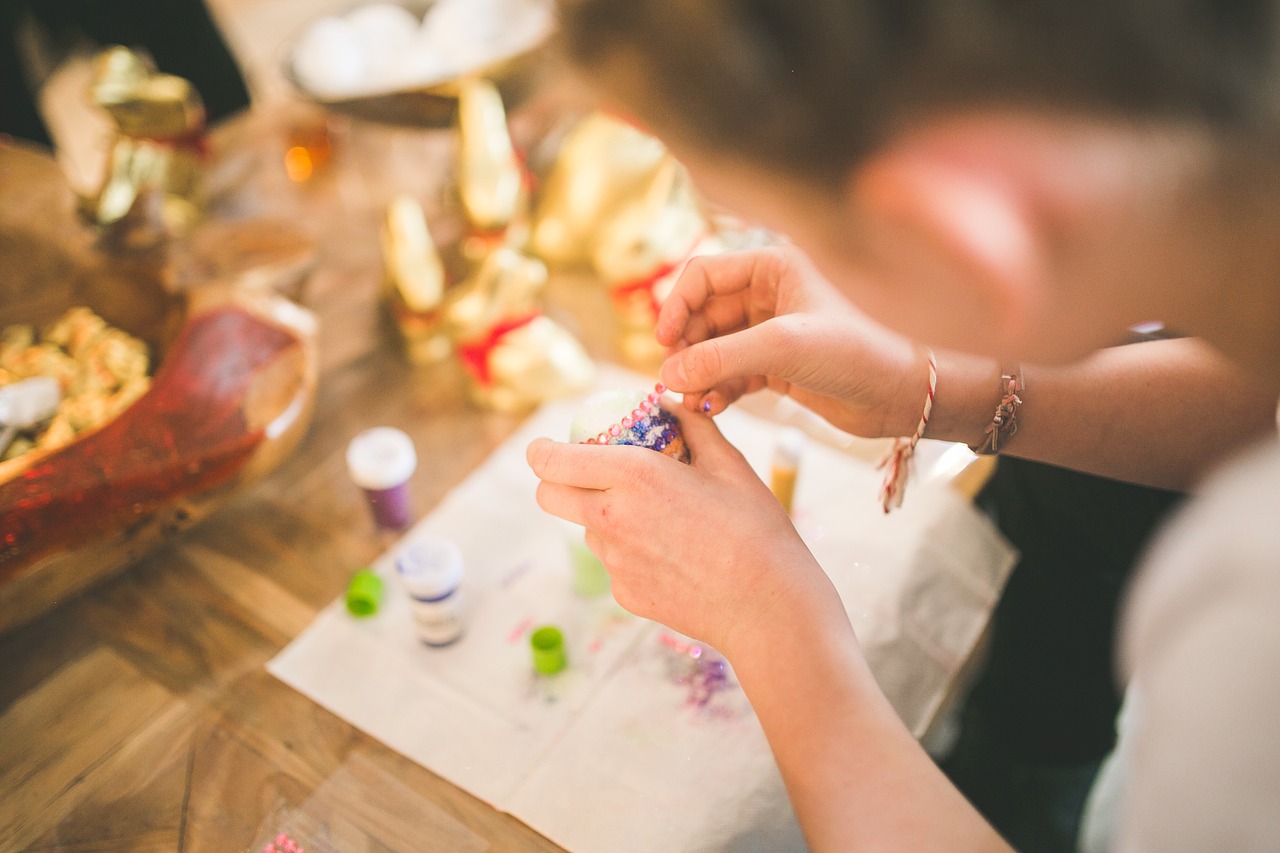DIY projects are the new trend that has been upscaled by everyone doing their projects at home. In the current scenario, most people want to create something of their own rather than buying it from the market. But DIY is not just watching a video online and trying it out with your available supplies. It is far more complicated than that. It requires determination, imagination, and a lot of knowledge.
To avoid failure, remember to keep the following points in mind before proceeding with a DIY project. Making these mistakes might result in the loss of one’s money and energy.
Not gathering enough information
The foremost step towards doing a DIY project is to research thoroughly towards it. Read a book or go through articles offline or online. It can give you enough information about tools that you are going to use or the exact process that must be followed to complete the task.
No information is better than less information. Either know about the project in entirety or have none of it. Having data in bits and pieces proves to be detrimental to the project as one does not know what to do next and how to do it. Going halfway is never the solution. So, have proper information arranged at the initial stage itself.
Ignoring the safety measures and supply list
Making this mistake may prove to be the most disastrous. The first thing that you need to make a DIY is material without which it is impossible to proceed further. Make a list of the supplies while planning the strategy of the project, and you can easily pick all of your useful DIY products online. Ensure that you have all the material required because often it happens that supplies are overlooked, thinking that you may own them already.
If you do not want things to turn out fatal, read the safety manual carefully, not just one but several times. Avoid any possibility of an accident. Handle all the electronic equipment with care by the regulations mentioned in the manual.
Rushing in haste
New projects might always seem exciting and thrilling at first, but it is essential not to lose senses in haste. Rushing through the process of the project will result in making the project go down the hill. Go slow with the process. Fix one step at a time. Take enough time to understand each step, and if you don’t, wait until the query has been resolved.
Racing towards the end is not the objective of doing a DIY project. It is made to save money, time, and energy and enjoy yourself alongside. Be slow but be consistent. This is the only thing that matters while doing a project. If you are expecting a finished item that can appropriately be put to use, then follow the order and calm your nerves to see the result by fulfilling each step one after the other.
Using cheap or wrong tools
Every material has an intention to fulfil and an objective to achieve. Buying unsuitable or insufficient material or renting the wrong kind of tools and equipment renting may result in total failure of the project. Cheap tools can not only deteriorate the condition of the maker but also result in a waste of money and time.
Figure out your project requirements and ensure going for excellent quality tools to avoid compromises with the work. List down the tools, and its measurements along with other specific details to buy the exact equipment that is to be used in making the item. Go for the quality of tools rather than its price. Better quality tools can be reused in the long run.
No reserve for unforeseen costs
While preparing the budget in the first phase of DIY, the most common mistake that is usually made is ignoring the costs in an emergency. The budget shall include the costs that may be incurred in the future due to any urgent situation.
Unforeseen costs usually come in case of the wrong estimate of the price of material or tools or the occurrence of an accident. It is advisable to create a small reserve for the costs that may or may not be incurred depending on the possibility of an event.
Brushing away the practice phase
Do not forget that each stage is there for a reason. Once the budget has been prepared, the material has been accumulated; safety measures have been thoroughly read, and queries have been resolved, it is time to perform the practical. The biggest mistake that one can do is not practicing the DIY process once before the final procedure.
Exercising the method and stepwise process helps in knowing the mistakes, getting savvy with the equipment, and familiarizing yourself with the technique of doing the project. Do not hurry in creating the final product, enjoy and know the process first; only then will you be able to obtain the outcome and achieve the object.
Making errors unaccounted for
Doing your first DIY project may seem like a cakewalk, but it isn’t one. You will make several mistakes before finally making the ultimate product. That is because you are human, and you are bound to make mistakes. What is important is that you learn from them. Errors will always exist, but one can only ensure success when that error is not repeated in the future. The primary objective of DIY is saving. However, making errors can harm the same.
Nonetheless, avoiding mistakes is important because once you have used the material, you will get short of it, and your budget will become unbalanced. Budget disbalance harms the project in several ways, such as you will have to buy cheap tools, and you will not be able to compensate for an emergency cost. Cutting down on material is possible but purchasing a new one isn’t.
Takeaway:
The above list is just an exhaustive catalogue of what mistakes can be made by the creator of the DIY project in the first instance. Several other errors can be possible as well, but it can only be found out when you make your DIY. So, let nothing stop from doing so.

